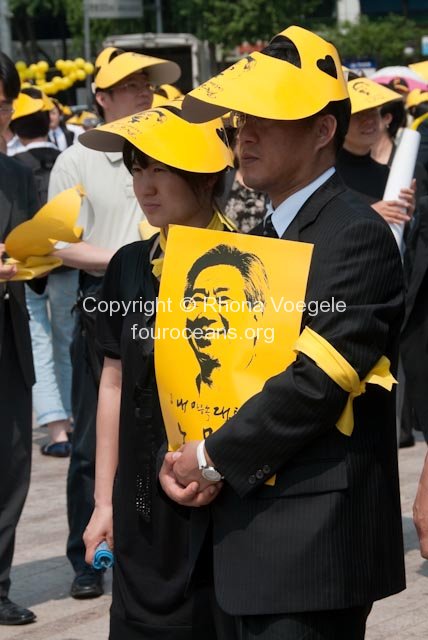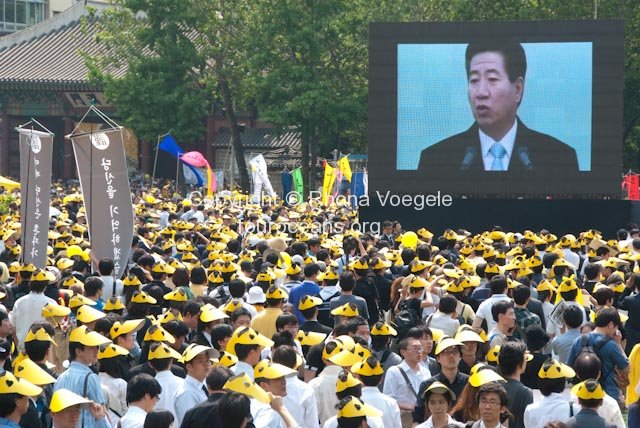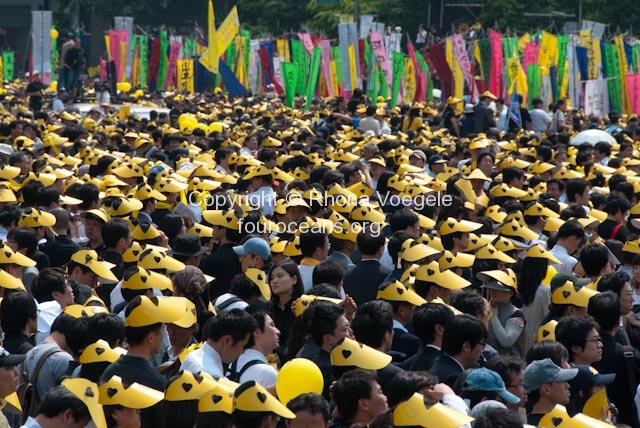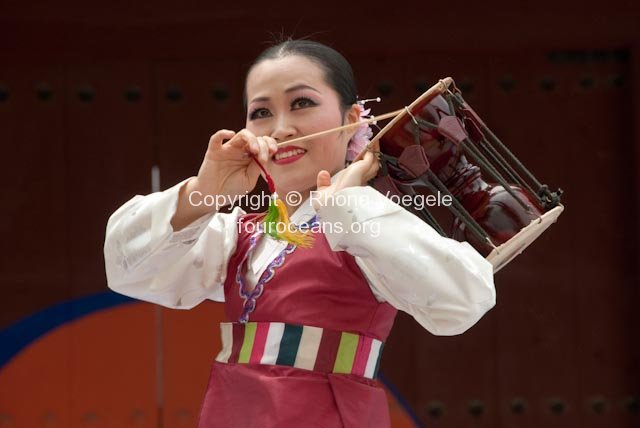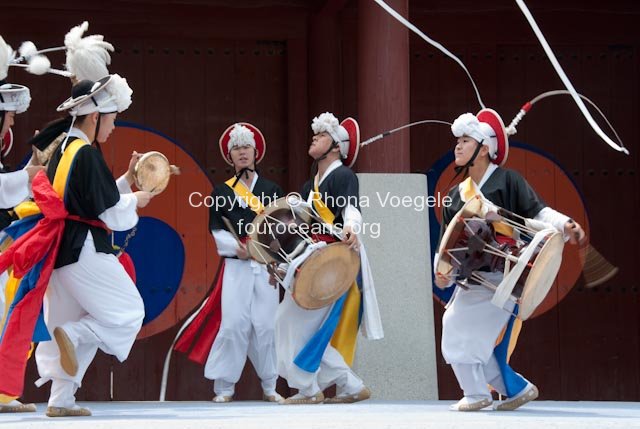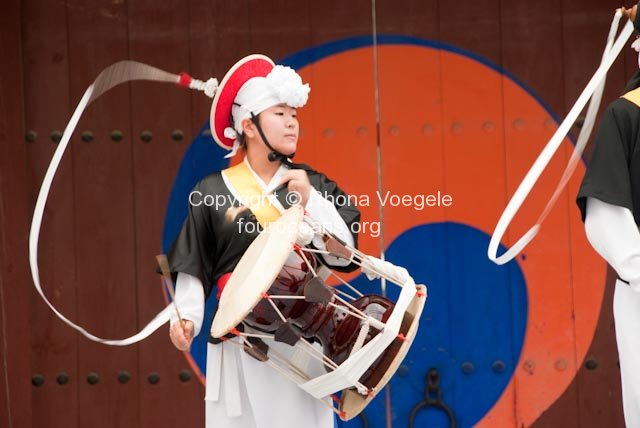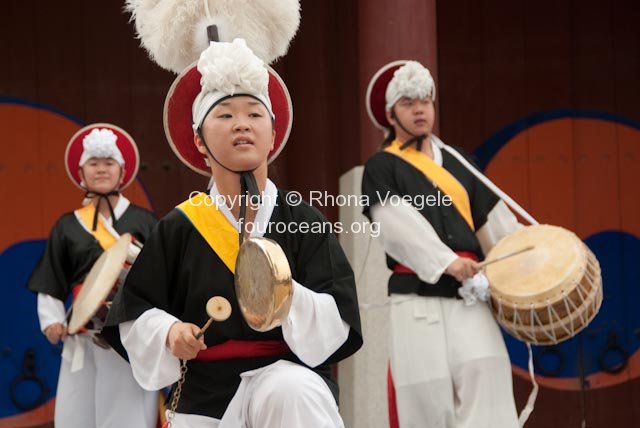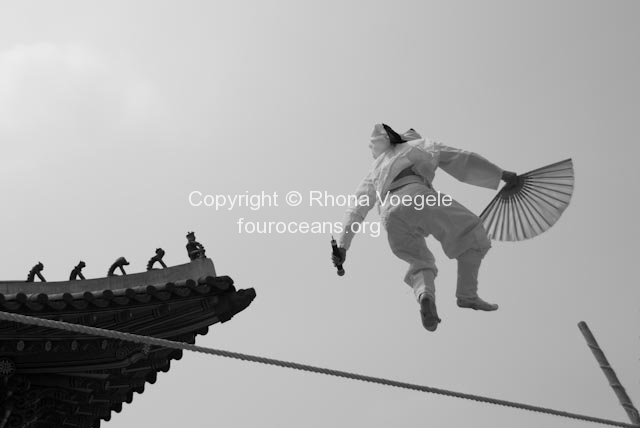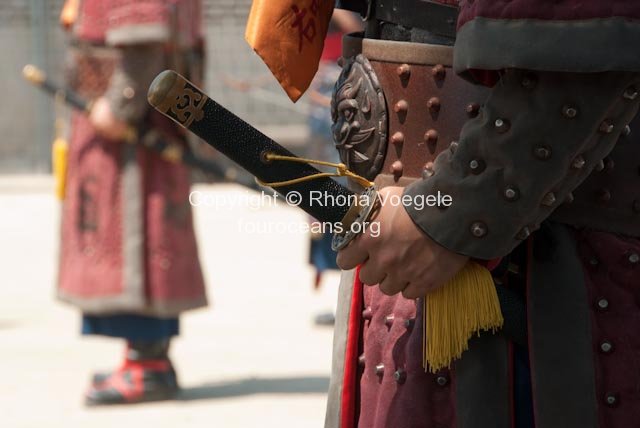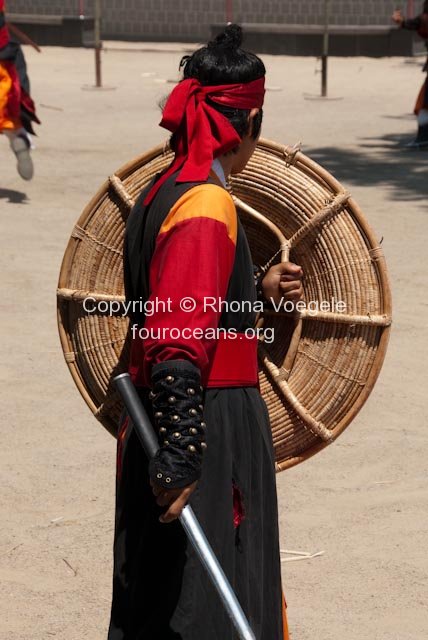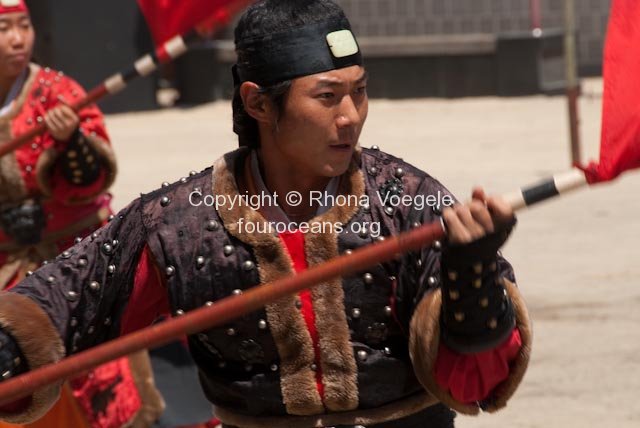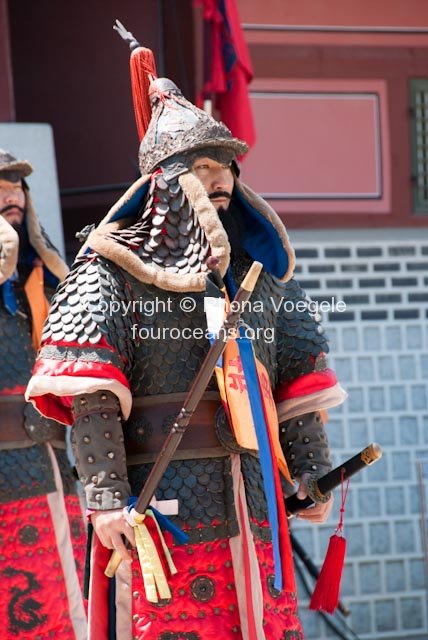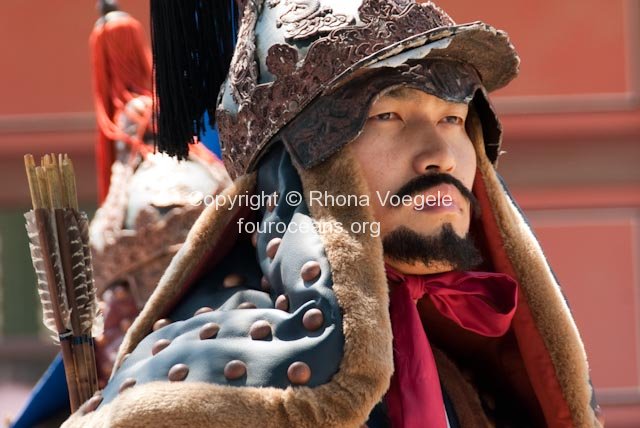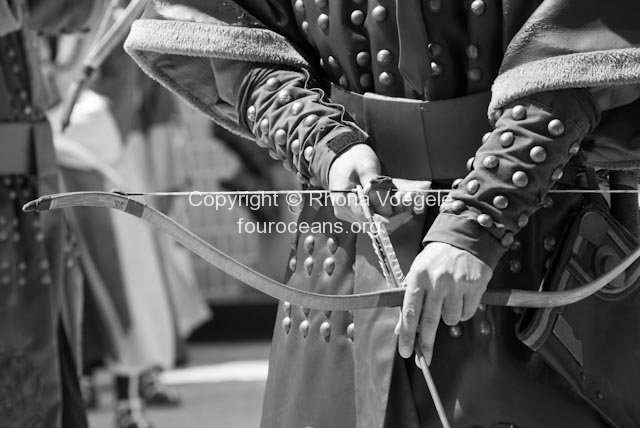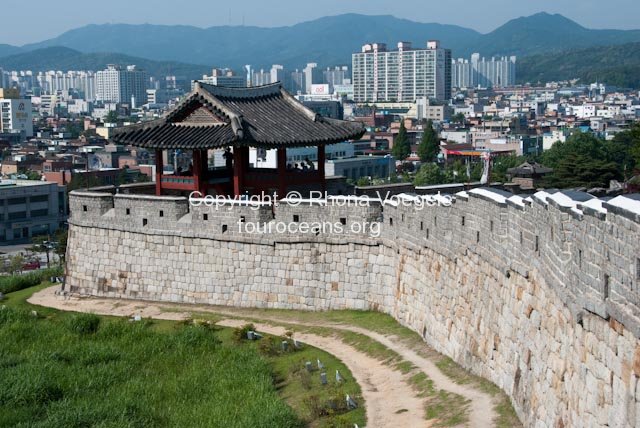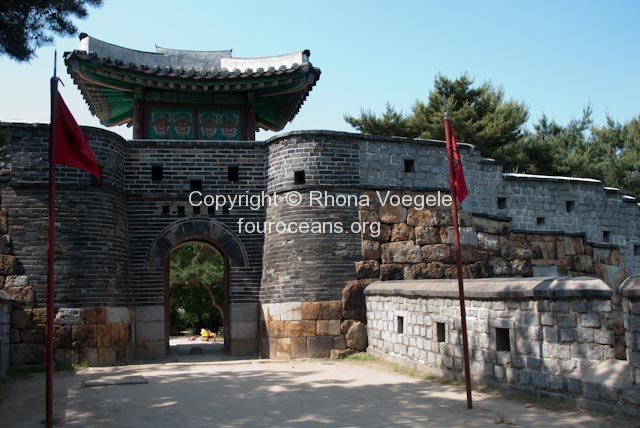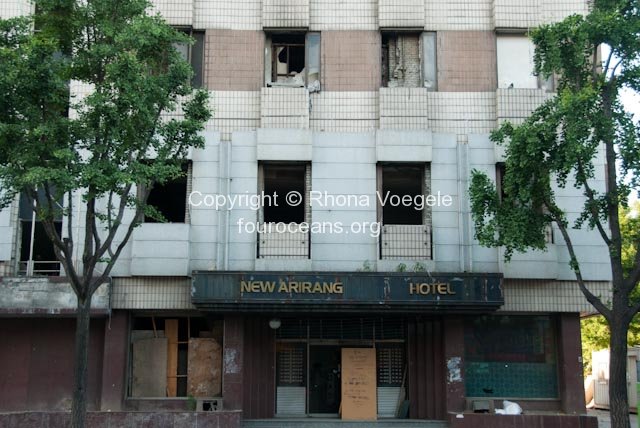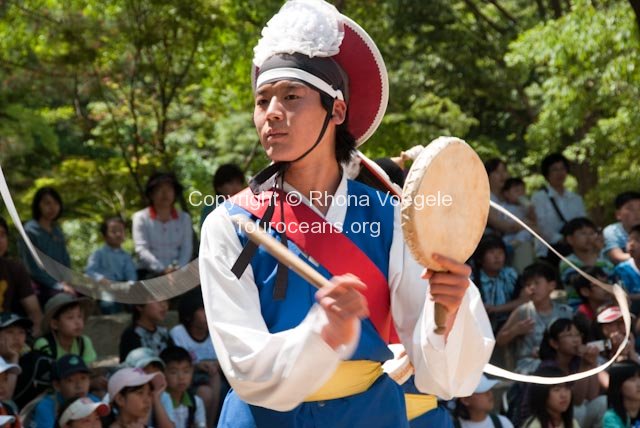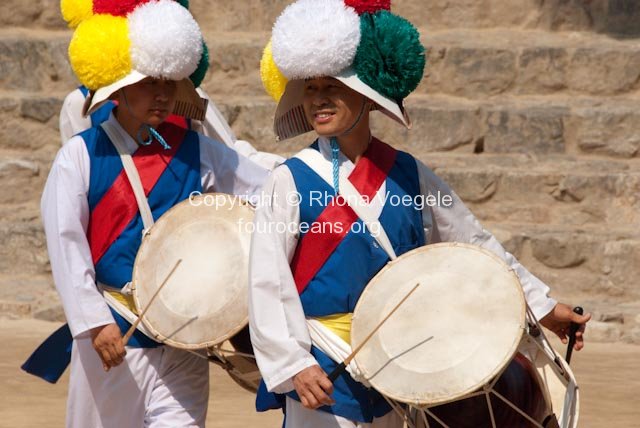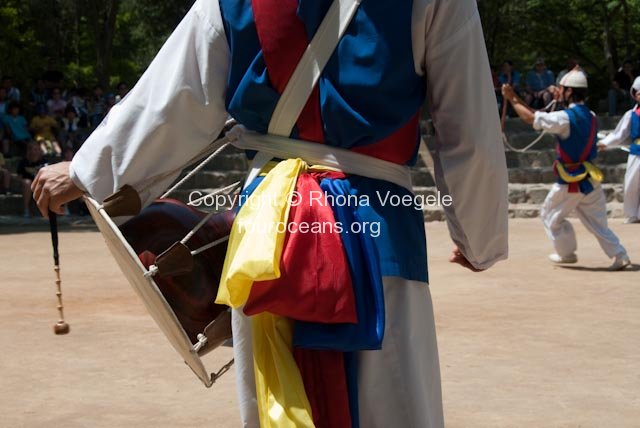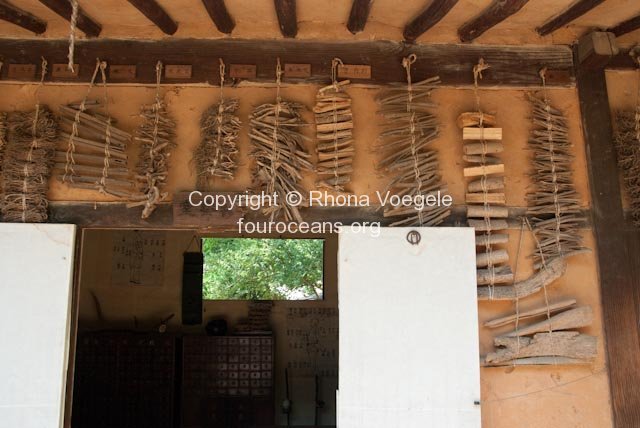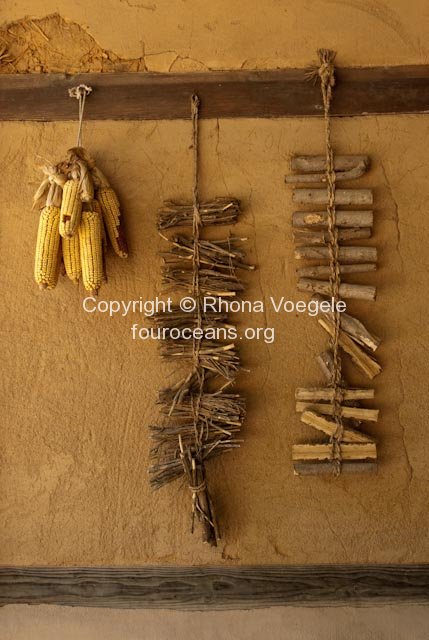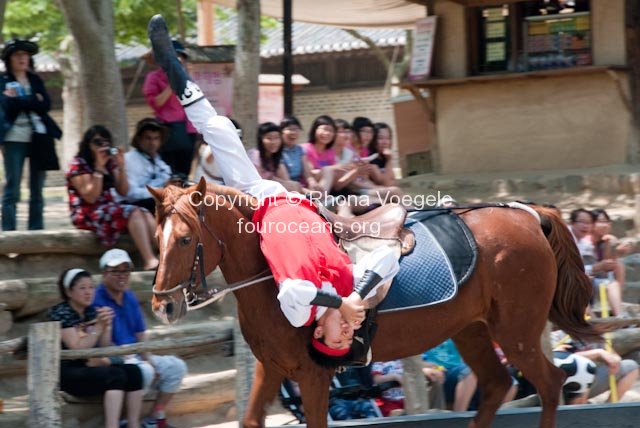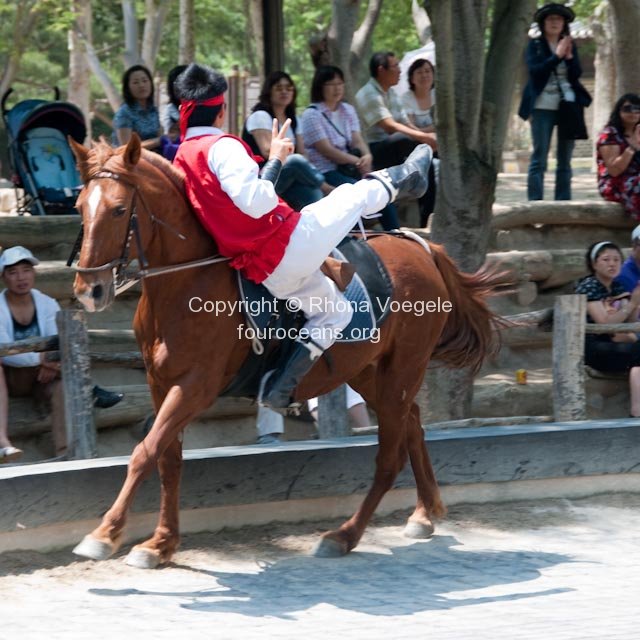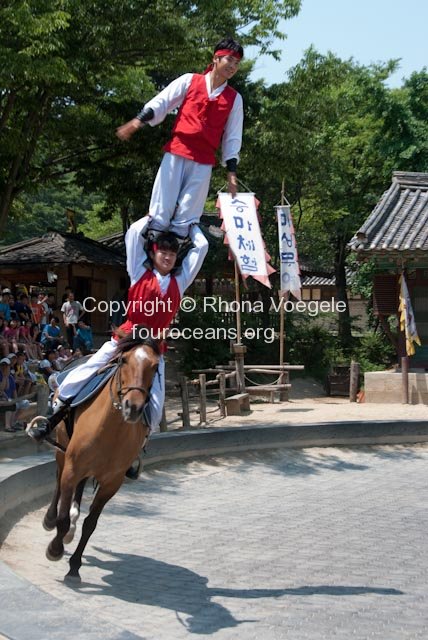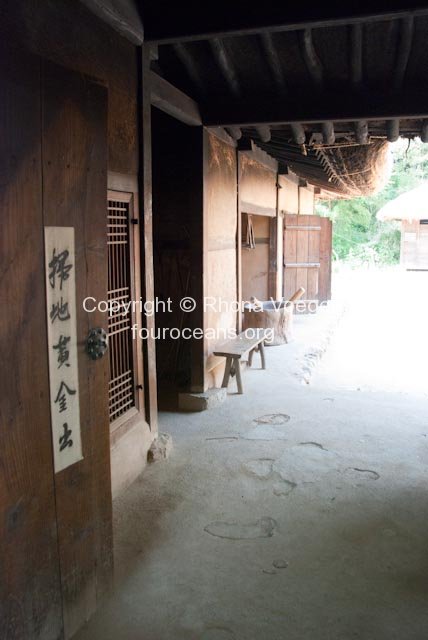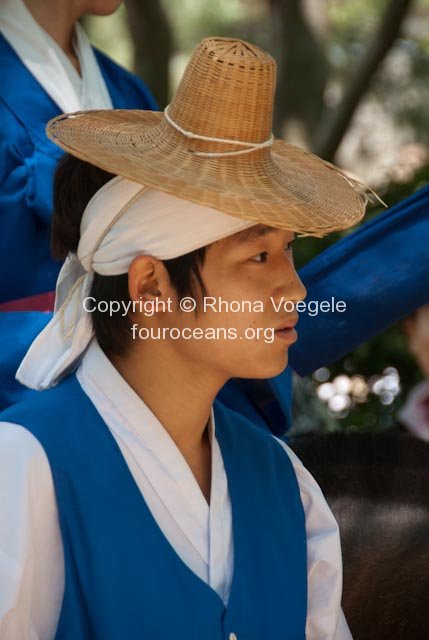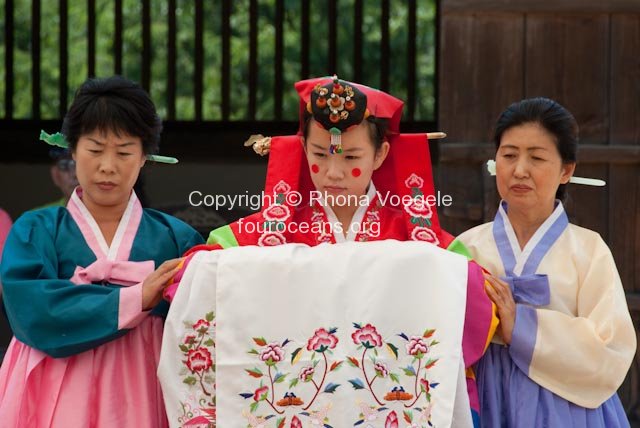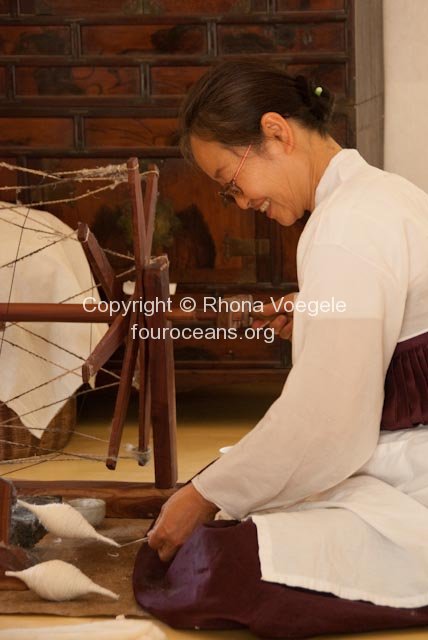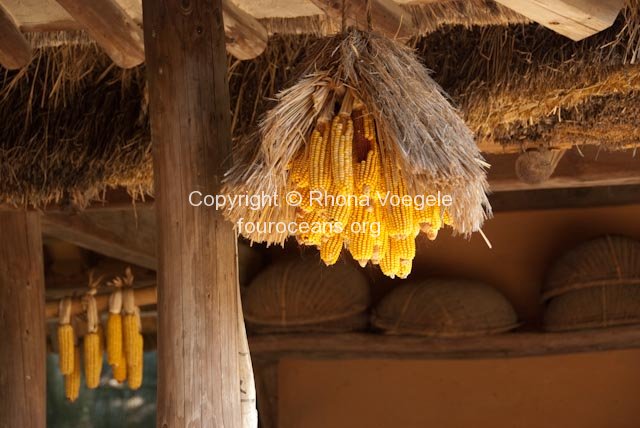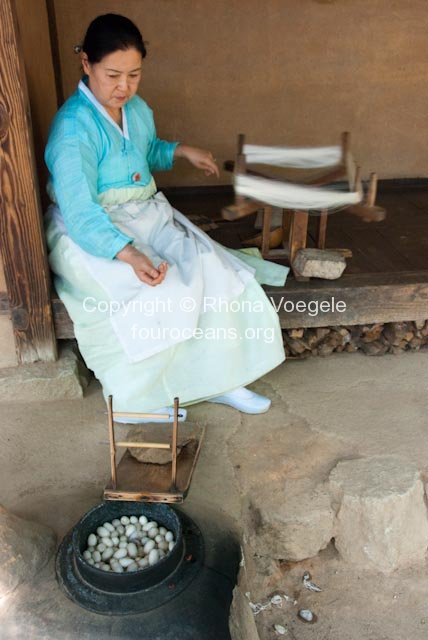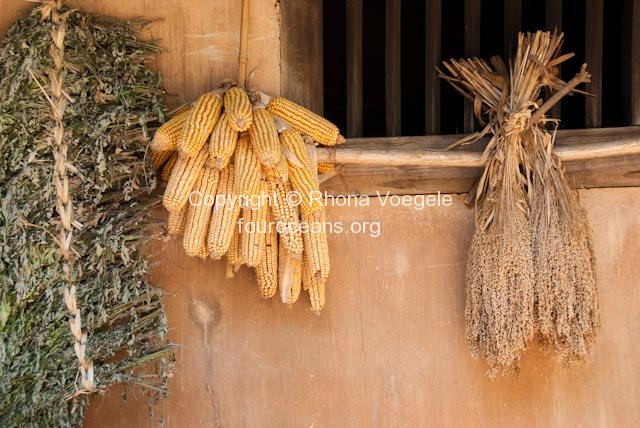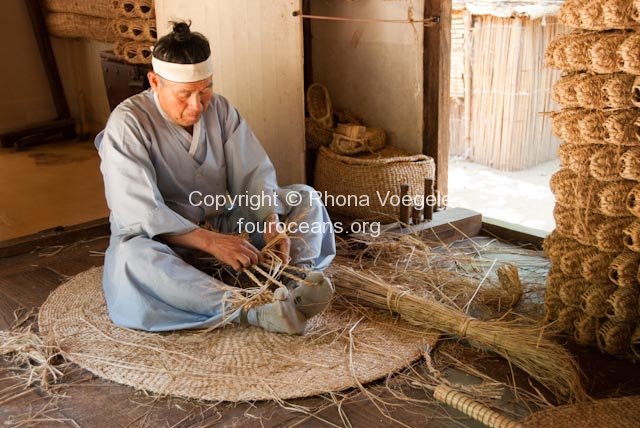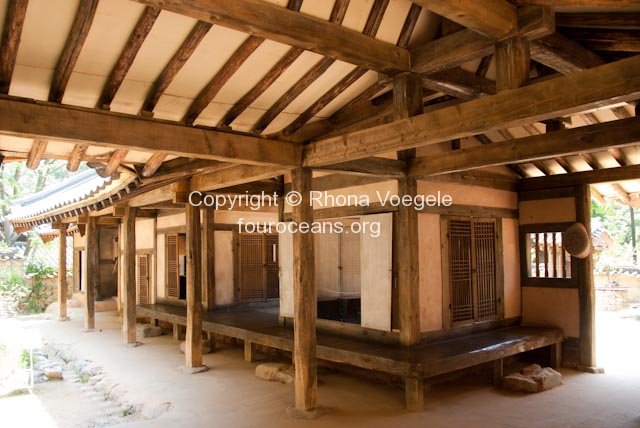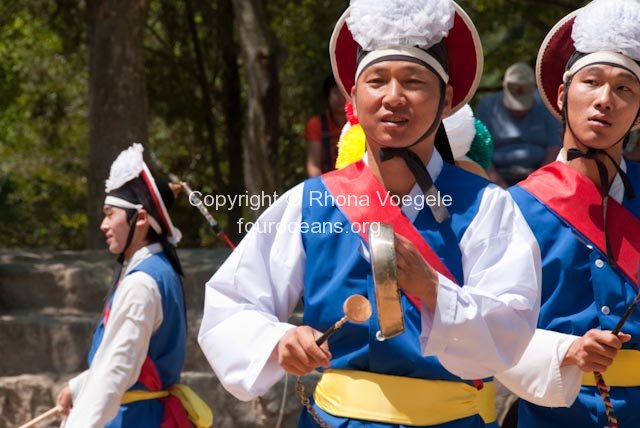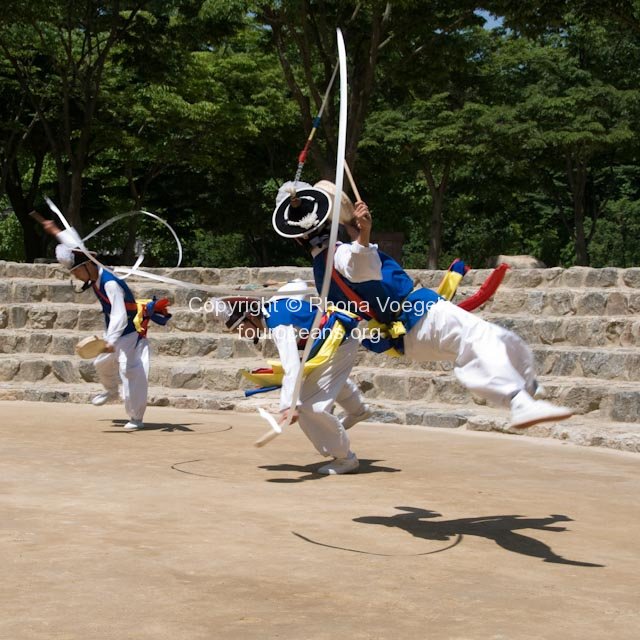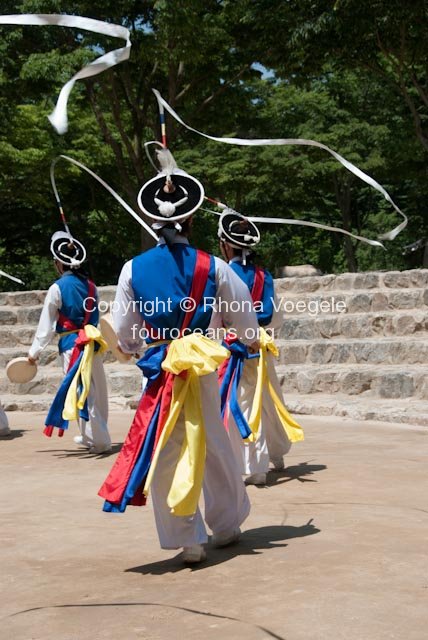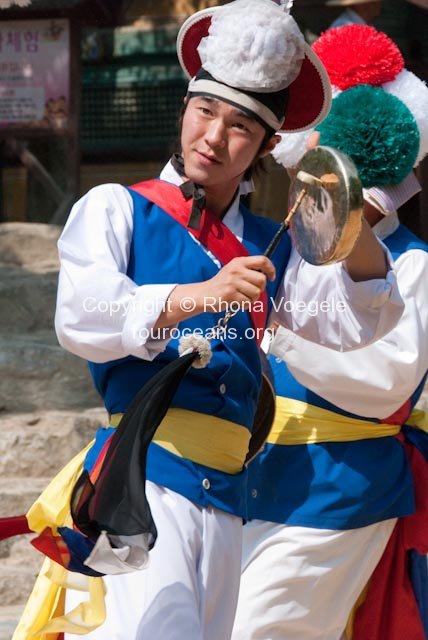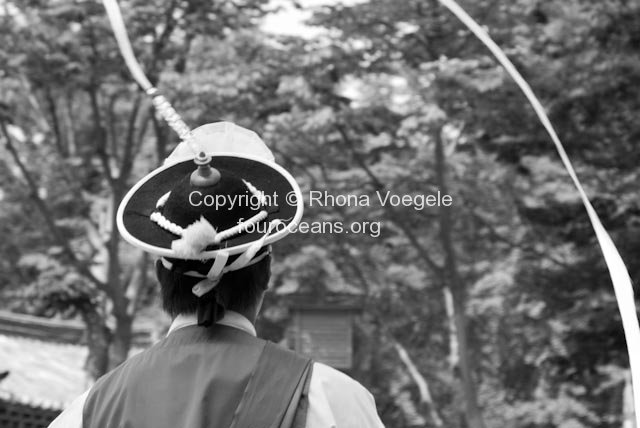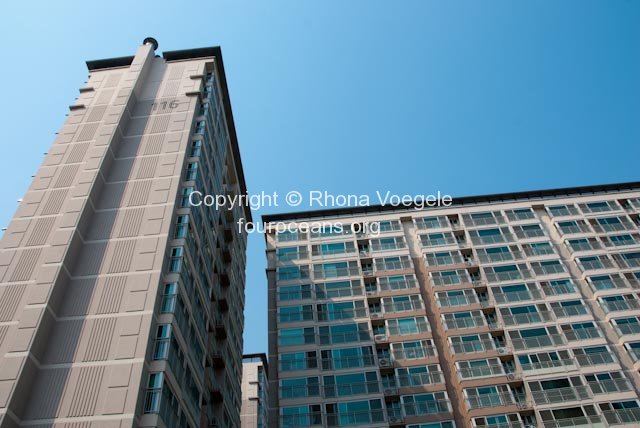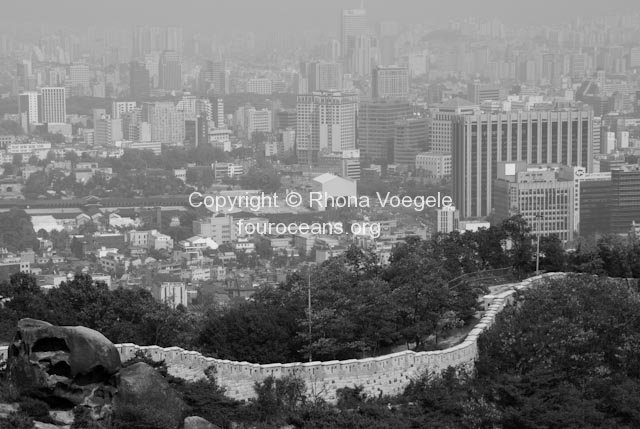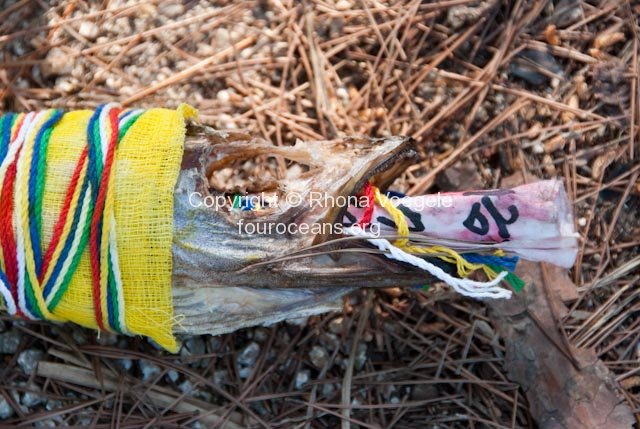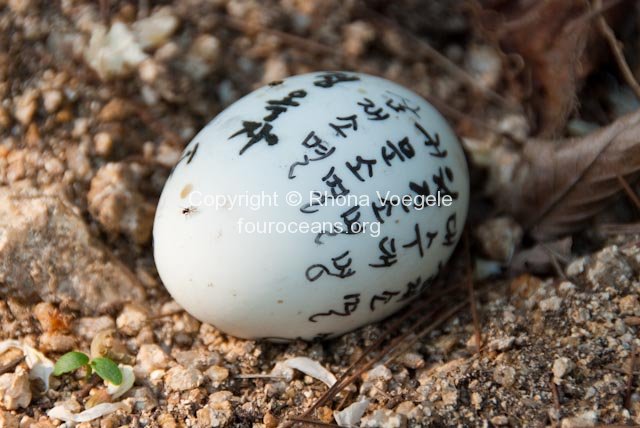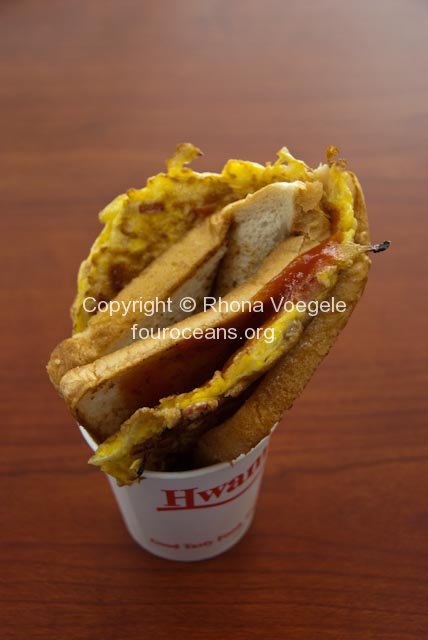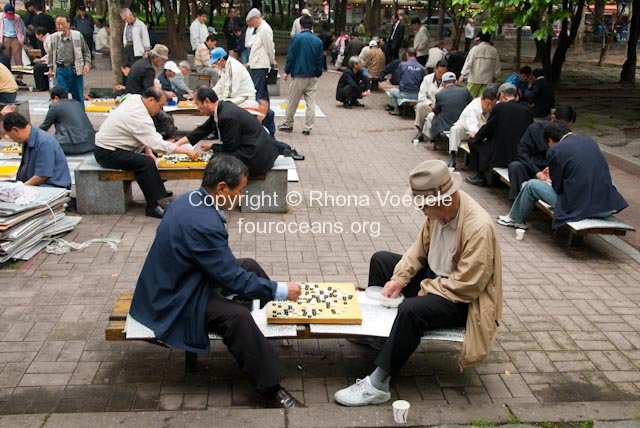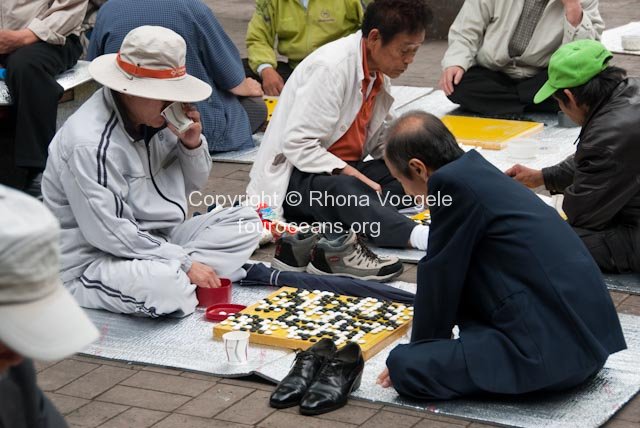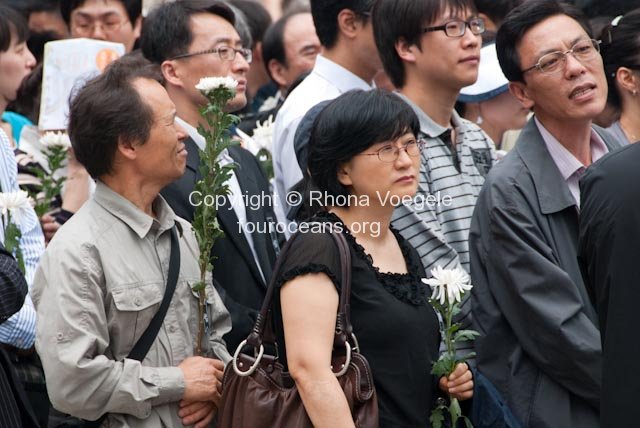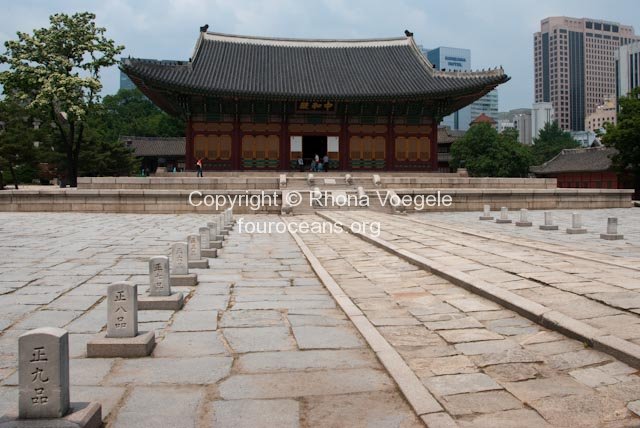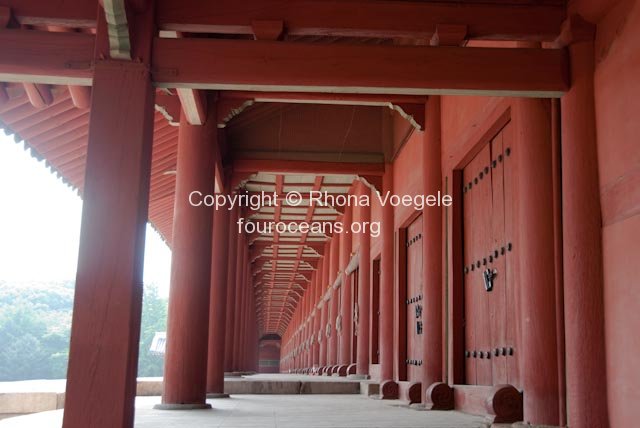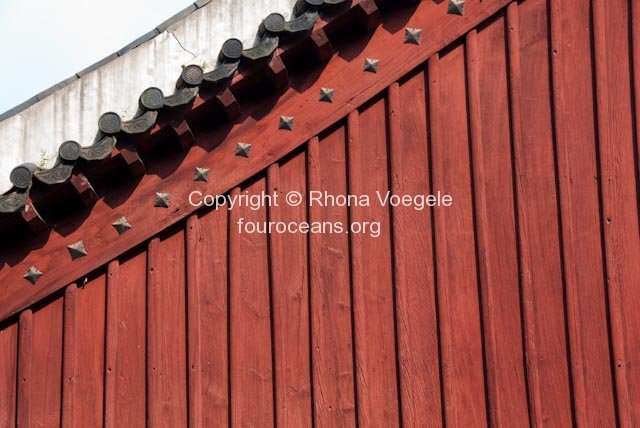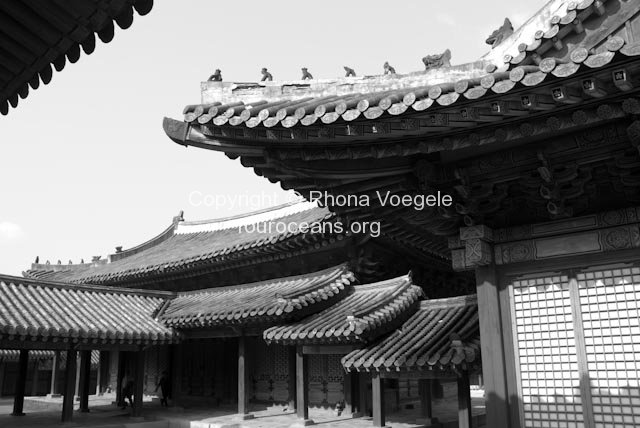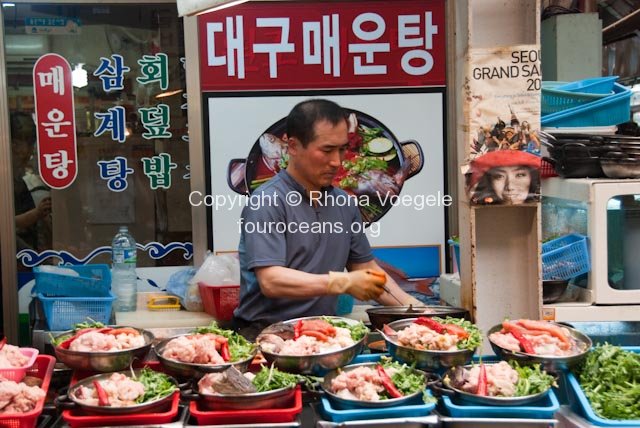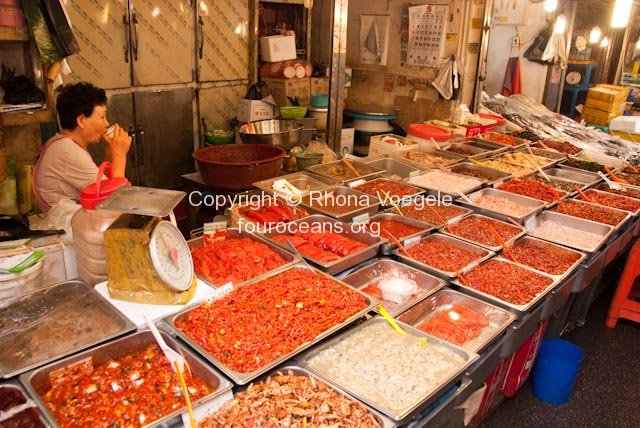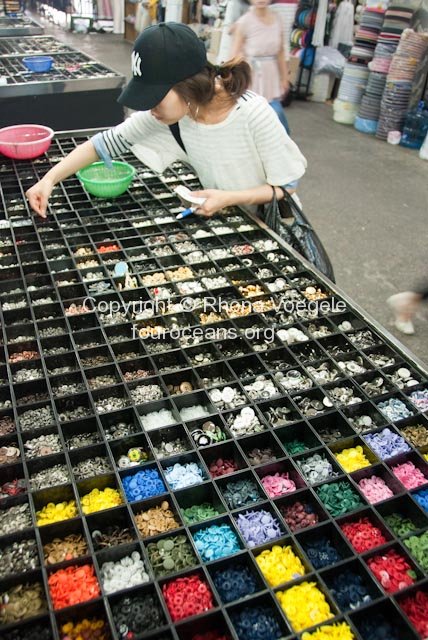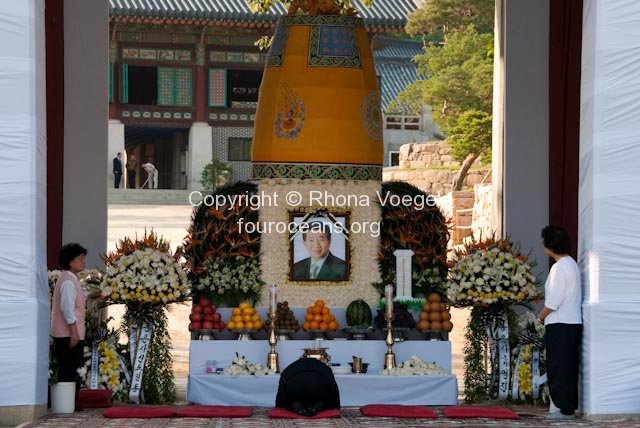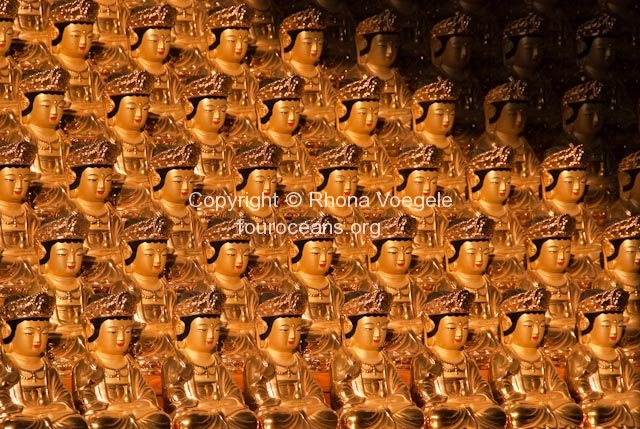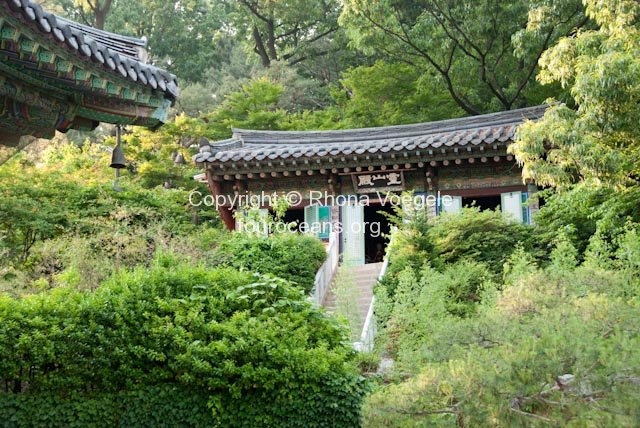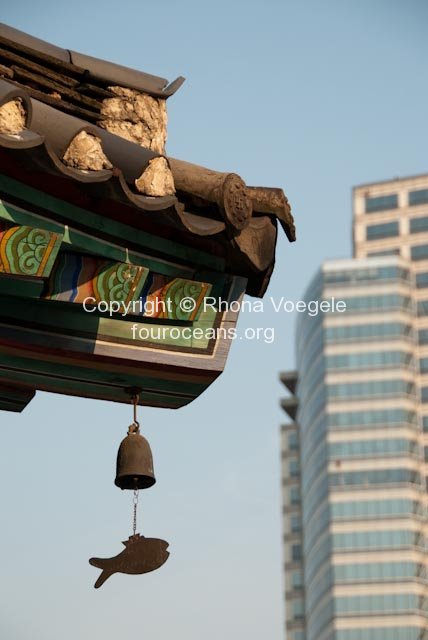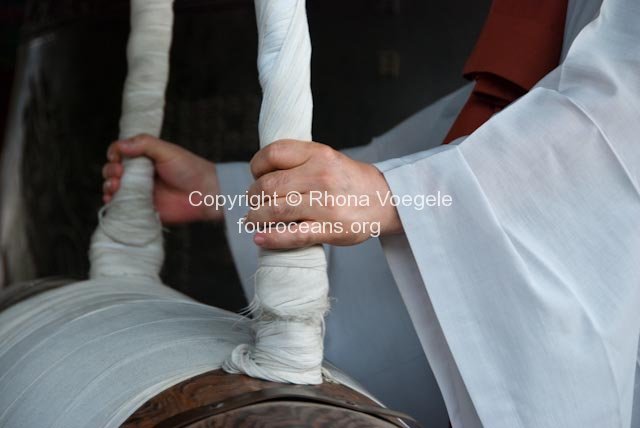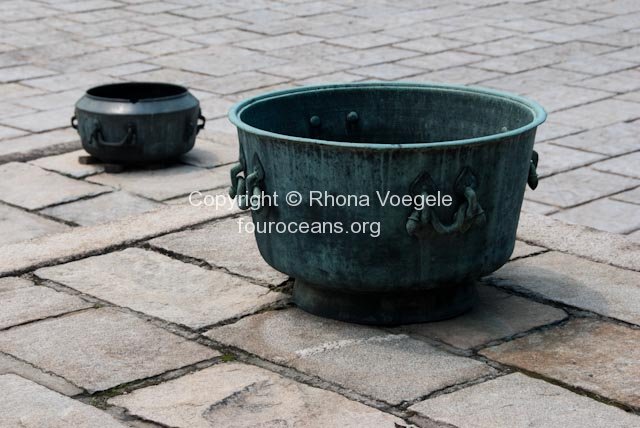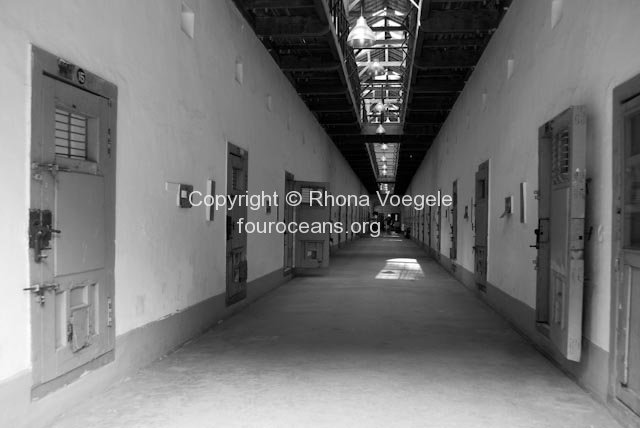Week 9: Seoul
–
–
We’ve been in Seoul for just over a week and I’m not sure what I think of the place. I guess it’s hard to adjust to being in the big city after so long in the less populated areas (though we have also visited the 2nd and 3rd largest cities). The thing that’s struck us the most is the incredible number of foreigners here. Apparently there are 130,000 foreigners living in Seoul although 60% are Chinese so we can’t necessarily tell them apart until they speak. Given the number of white faces at tourist attractions I’d say there are a lot of people who come to Seoul and then leave Korea. We certainly haven’t seen many of them in other parts of the country – even Gyeongju which surely must be on even a basic Korean itinerary.
Our first excursion was to a granite capped hill poking out through the jungle of highrise apartments. Korea’s overall population density is 480 per sq km but almost a quarter of the 48.4 million people live in the capital, many of them in massive high density forests of apartment towers. The hillside was associated with shamanists and we saw some of them waiting for customers or carrying out rituals. We couldn’t get to the top for a view though as it was occupied by the military. It’s easy to forget how close to the North Korean border we are here and even Pyongyang isn’t all that far away.
We’ve also visited a couple of the palaces, residences for Korea’s royal family in the Josean dynasty (1392-1910). Changdeokgung was probably the best preserved one as it was rebuilt in 1610 after the Japanese invasion of 1592. It was originally built by the 3rd Josean king who claimed that the topography of the previous palace wasn’t auspicious enough, though the brochure points out that he killed a number of people in order to ascend the throne and may not have wanted to live in the same palace as hosted the bloodbath. It seems intrigues, murders and betrayals are common amongst royal families all over the world. In another episode at Changgyeonggung Prince Sado, heir to the throne, was sealed in a rice chest by his father after it was reported that he was mentally ill and behaving erratically. Thankfully things have changed since 1762, we’ve been impressed with the number of mentally and physically disabled people we’ve seen out and about.
In the same area as Changdeokgung and Changgyeonggung is the Jongmyo Royal Shrine where the spirit tablets of Joseon Kings and Queens were enshrined. Like most things in Korea the buildings were destroyed in the 1592 Japanese invasion but the spirit tablets were saved. There are 83 kings and queens enshrined in two buildings. After a royal death was mourned at the palace for three years the spirit tablet was moved to the Main Hall but in order for someone to “move in”, another spirit tablet had to “move out” to the Hall of Everlasting Peace. Only royals who achieved outstanding deeds were allowed to remain indefinitely in the main hall. Once annually a ritual offering of food is carried out by male descendants of the royal family. The Lee family is symbolised by a plum blossom which you see decorating many of the palaces and it seemed there was no final purge of important family members like there has been at the end of some royal lineages. A grandson of King Gojong (1852-1919) apparently operates a guesthouse just north of where we’re staying.
Resistance fighters during the Japanese colonisation weren’t as decently treated. We visited the Seodaemun prison, built in 1908 to house 500 prisoners at a time when the total holding capacity of prisons on the entire Korean peninsula was 300 people. Animatronics dummies and recorded screams detailed the various tortures used and a bizarre interactive display let you sit in a chair in what used to be the execution room. After being “judged” the chair dropped an inch and the noose above your neck let you know it used to drop further.
Early in the morning on the 23rd the ex prime minister committed suicide. We spent the day exploring Nandaemun market and having a very productive stock up and get things fixed day but kept seeing busloads of police kitted out in riot gear. Eventually a man passing by told us what had happened: Roh Moo-hyun finished his 4 year term last year and was very popular for his honesty and anti corruption focus but in the last month he has been hauled up on charges that family members accepted US$5 million from a wealthy businessman. It seems the younger generation supported Roh Moo-Hyun and dislike the current prime minister as he has done some bad things that everyone knows about (except us). The police were amassed in areas likely to be gathering grounds for protests. There seems to be a massive outpouring of grief and we’ve seen a few alters with crowds of people offering white chrysanthemums and bowing before a photo of him. In a largely Christian country suicide is uncommon and an ex world leader taking his life is drastic in any country. Having said that, I’m not sure that Australians would mourn a past leader with quite the same reverence.
Tomorrow we’re headed to the DMZ and Panmunjom which should be an interesting day, especially given current headlines then on Friday we’ll leave Seoul for Suwon. En route to Jeju Island we’re also planning on stopping in Jeonju to explore the hanok village there. Then it’s back to Seoul to catch a boat over to Beijing and on to Tibet before Brett heads back to work. I’ll probably hang out in China while he’s away and then we have to decide if Kyrgystan or Xinjiang is next on the list. Long term I’m looking at possibly trying to get a job based in Germany that takes mentally and physically disabled people on holidays.
Tags: Changdeokgung, Jongmyo, Roh Moo-Hyun, Seodaemun, Seoul
